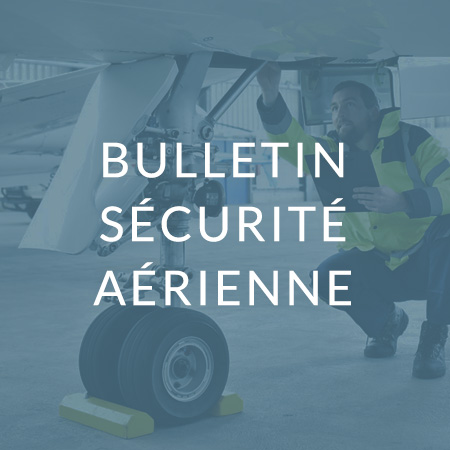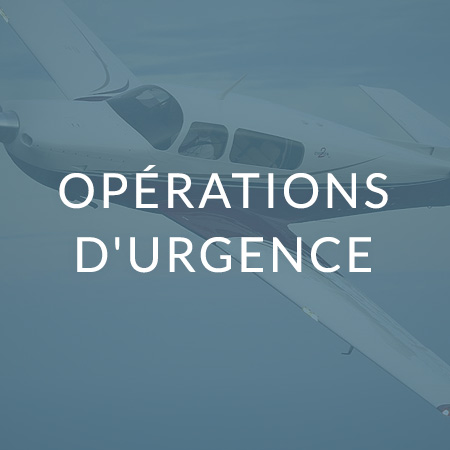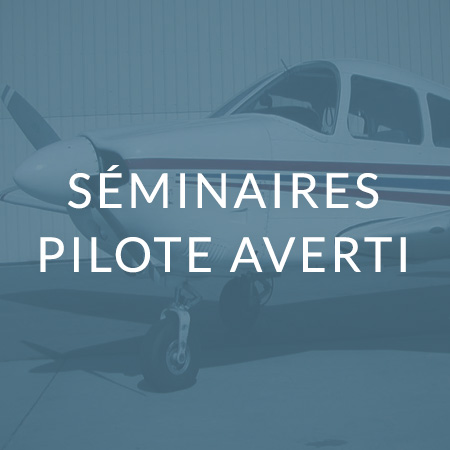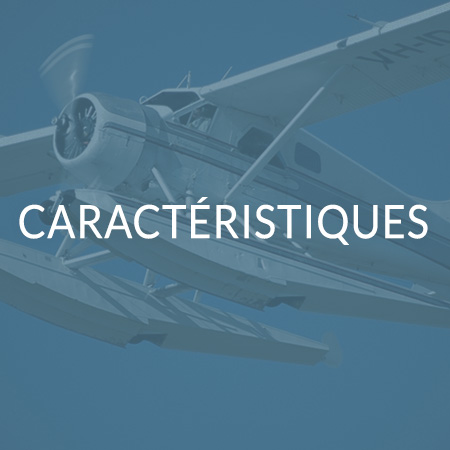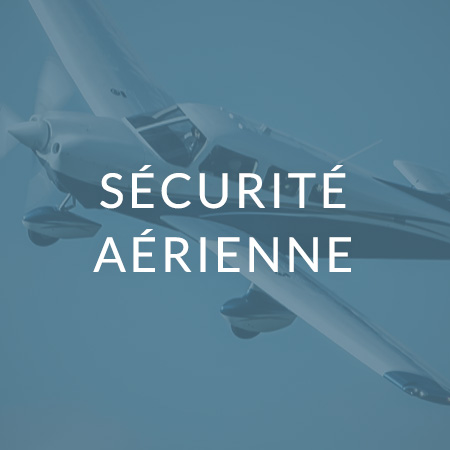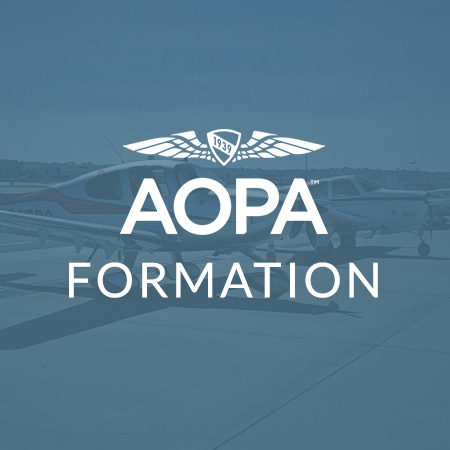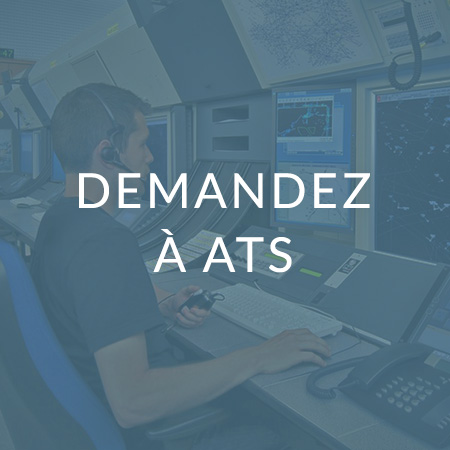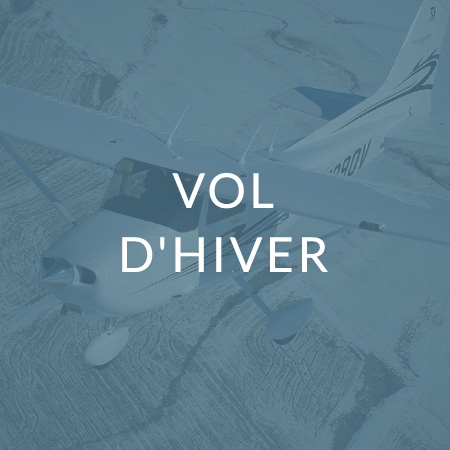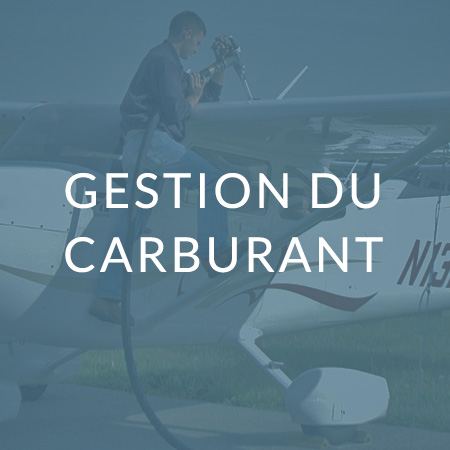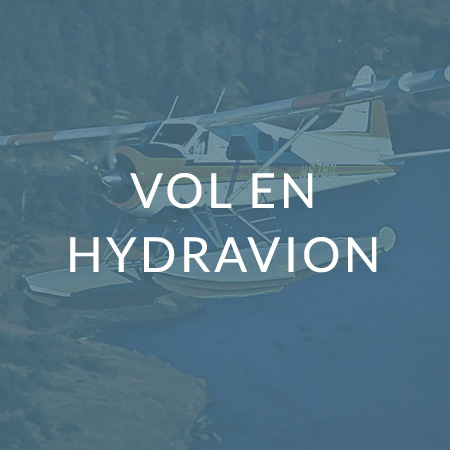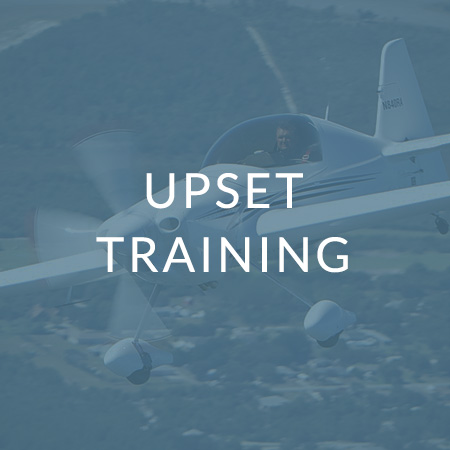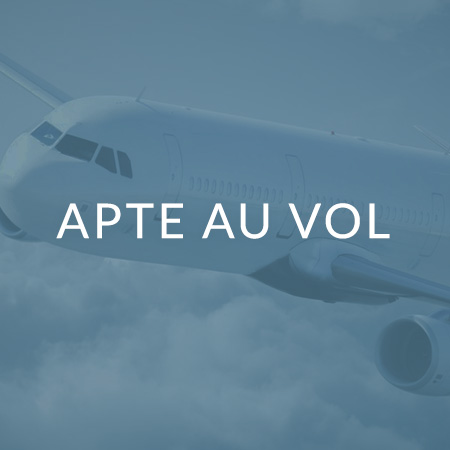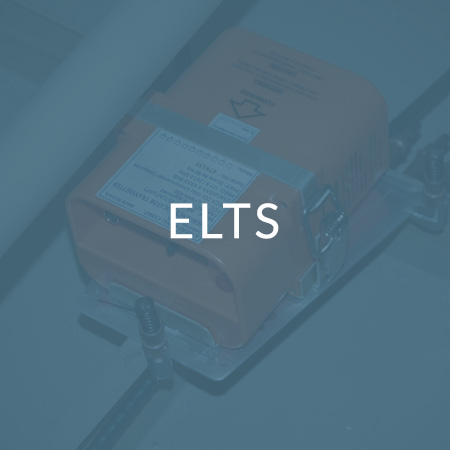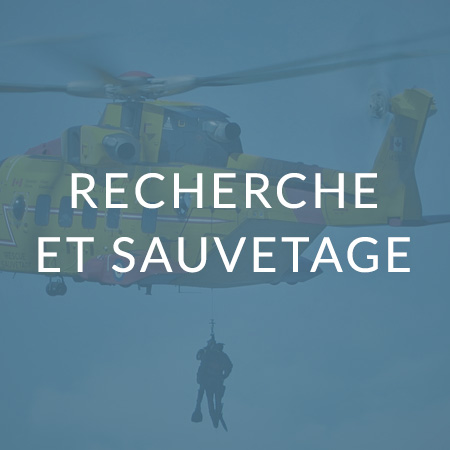Spring Runways
Springtime runways on grass and gravel can be uncertain at the best of times. Ground thaws and April rains can deteriorate these runways without notice. Before departing for a place you haven't visited since last year, call ahead; likewise, do a physical check of the full runway length before takeoff. These precautions might prevent you from turning turtle or making an unplanned diversion into the toolies.
The departure runway was 1800 ft. long. The surface was grass and moss on a sand/soil base. It was May 1994. Our Cessna 182 pilot had used this runway many times and, prior to this departure, had walked the beginning portion of the runway to check conditions. The engine run-up was normal, and our pilot used the recommended 20° flap short field takeoff procedure.
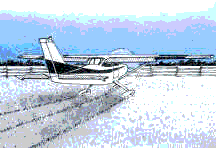
Halfway down the runway, the pilot felt resistance to the takeoff roll and noted that the aircraft was not accelerating. He rejected the takeoff and taxied back to try again. From a rolling start, the aircraft accelerated more quickly, but the pilot still felt resistance. A few hundred feet from the end, he tried to rotate but, fearing that the aircraft would stall, he rejected the takeoff again. This time, however, there was not enough room for a safe stop. The aircraft ran off the end and through a cedar rail fence, finally ending up in a ditch, substantially damaged. Our pilot and his passenger escaped with minor injuries.
On firm and dry grass, under the ambient conditions, and at the same weight, the takeoff roll should have been about 800 ft. However, had our pilot inspected the full length of the runway, he would have discovered that the second half was softer than the first and made a different takeoff decision, particularly after the first aborted attempt.
Originally Published: ASL 2/1997
Original Article: Spring Runways






